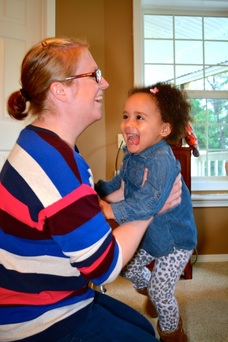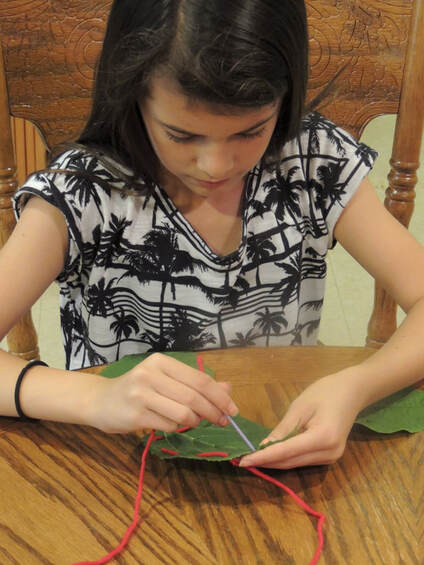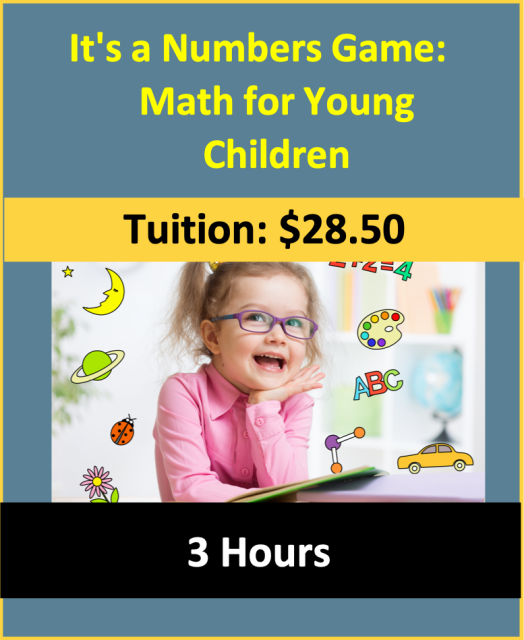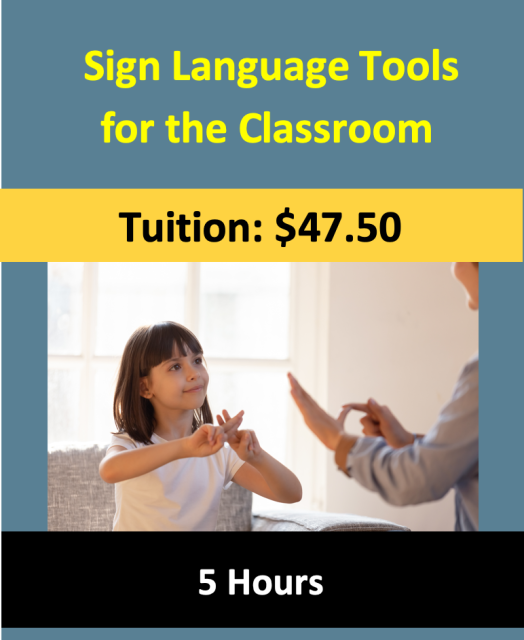Sewing Leaves
Lesson Plan:
|
Activity:
Sewing Leaves
Lesson plan developed by Ms. Erika Geelhoed, BA Ed
Age Group:
* Lesson plan objective and assessment can be adapted to use this activity with school-age children.
Objectives:
Children will:
|
|
II.4.2a
Materials:
|
Procedure:
- If possible take the children outside to choose their leaves to sew.
- Show the children how to thread the needle and sew the leaf.
- The children may need assistance threading the needle the first few times.
- Encourage the children to try sewing on their own.
- While they are working, you can ask them open-ended questions such as:
- Tell me about your design you are creating on your leaf
- What do you think about sewing?
- When the children are finished sewing, you can hang their creations around the room.
- Doing so will help build confidence and feel pride in their work.
Assessment:
- Observe and record the children’s fine-motor skills during the activity. How well did they control the needle while sewing? Keep the activity available for children to try several times. Make notes each time the child attempts to show growth over time.
Click on the course icon for enrollment information.
Spanish in the Early Childhood Classroom

The Benefits of Dual Language Learning
Academic Advantages
Numerous cognitive benefits are available for students who are learning a second language. Studies show that those that practice another language have more advanced executive function skills, resulting in improved impulse control, planning, and organization. Learning another language can also positively affect the learner’s mother language in terms of reading and writing. Second language learners score higher on standardized tests, regardless of age, race or gender. Bilinguals are better multi-taskers as the switching between languages activates the area of the brain that enables us to shift from one task to the next with ease.
Academic Advantages
Numerous cognitive benefits are available for students who are learning a second language. Studies show that those that practice another language have more advanced executive function skills, resulting in improved impulse control, planning, and organization. Learning another language can also positively affect the learner’s mother language in terms of reading and writing. Second language learners score higher on standardized tests, regardless of age, race or gender. Bilinguals are better multi-taskers as the switching between languages activates the area of the brain that enables us to shift from one task to the next with ease.










